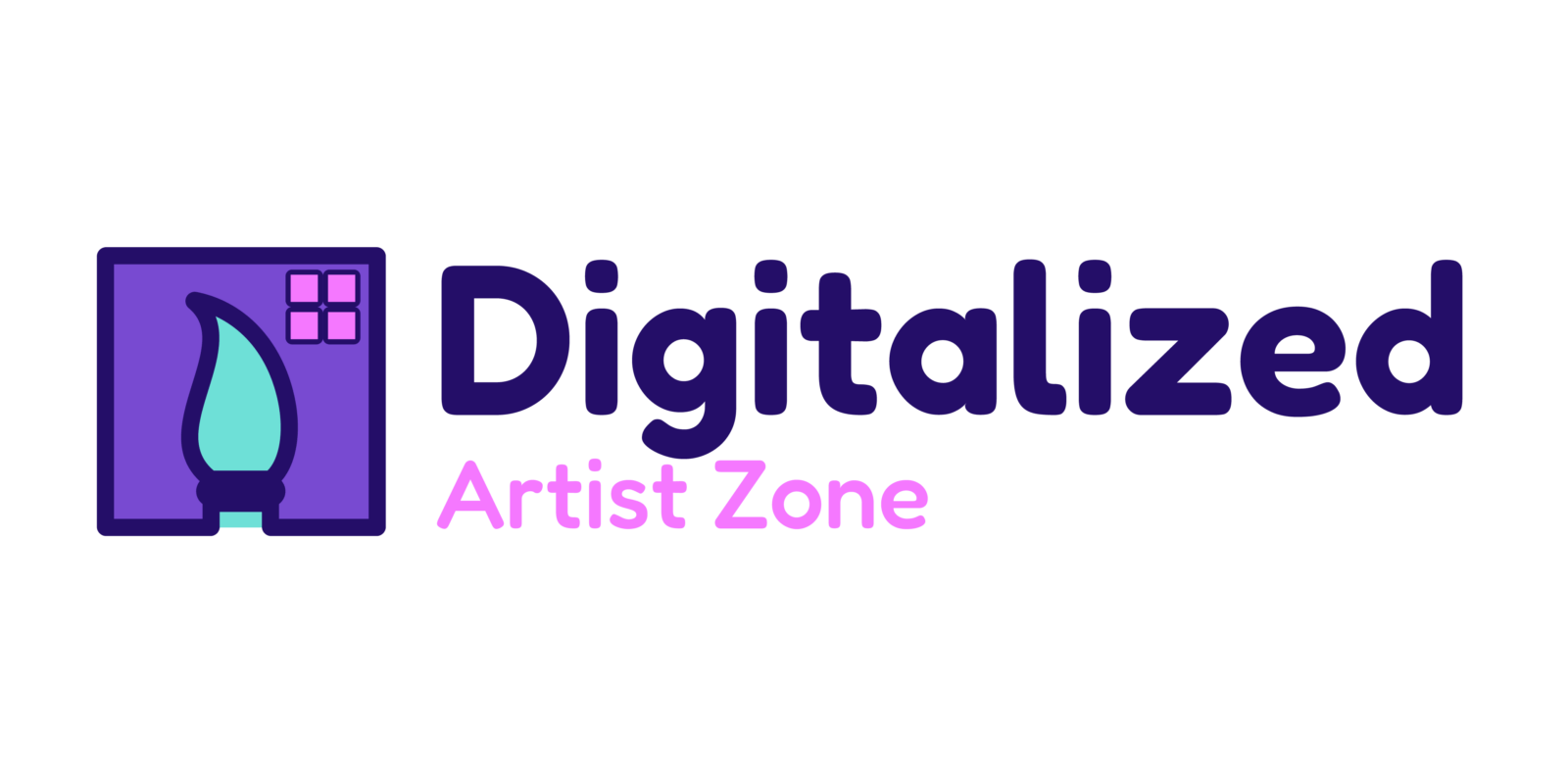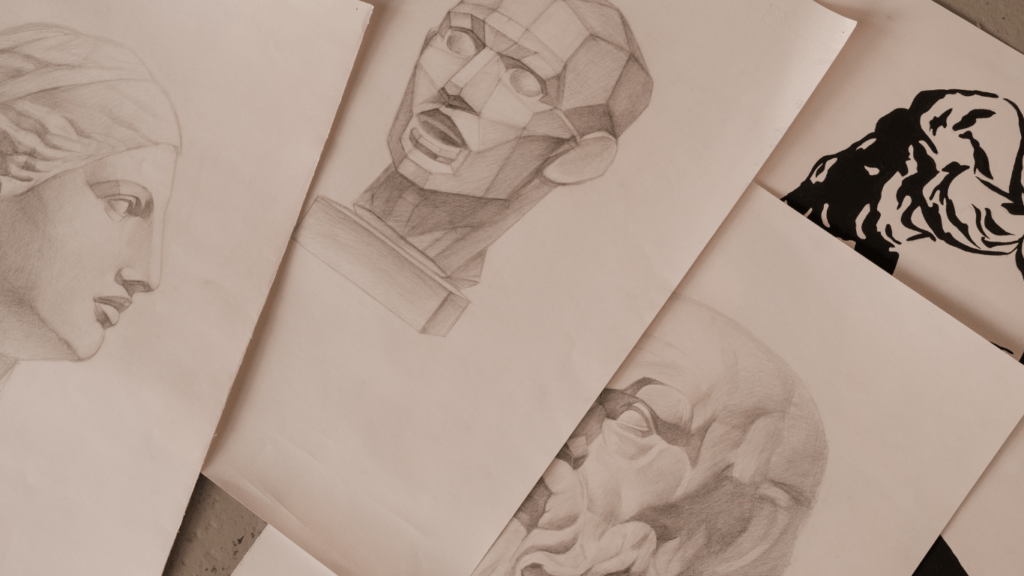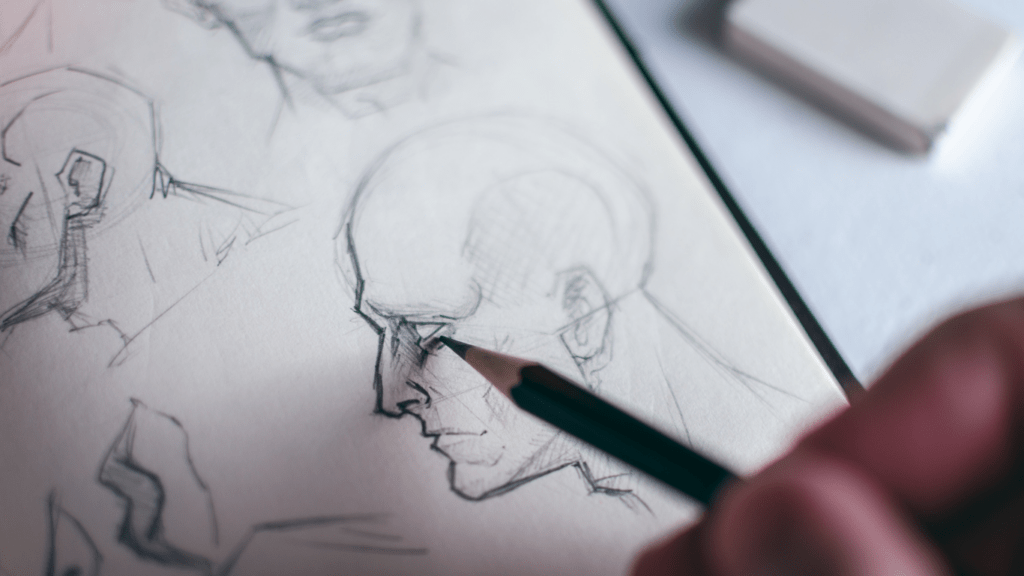In the dynamic world of art, a fascinating evolution is unfolding – the rise of generative art. As an art form driven by algorithms and computer programs, generative art pushes the boundaries of creativity and challenges traditional notions of artistic expression. From intricate digital designs to mesmerizing visual patterns, generative art captivates both artists and audiences alike with its unique blend of technology and creativity.
In this article, I’ll delve into the captivating realm of generative art, exploring its origins, impact, and significance in the contemporary art scene. Whether you’re a seasoned art enthusiast or simply curious about this innovative art form, understanding the essence of generative art is essential in appreciating its profound influence on the ever-evolving landscape of creativity. Join me as we unravel the intricacies of generative art and discover what makes it a groundbreaking force in the art world today.
Exploring the Origins of Generative Art
Delving into the beginnings of generative art reveals a fascinating intersection of technology and creativity. Early pioneers in the 1960s like Frieder Nake and Georg Nees laid the groundwork by writing algorithms to generate artwork, blurring the lines between art and programming. These innovative artists embraced the potential of computers to produce unique, ever-changing pieces that pushed the boundaries of traditional art forms.
In the 1980s, Harold Cohen developed AARON, an AI program capable of creating original artworks. Cohen’s work marked a significant leap forward in the evolution of generative art, showcasing how machine intelligence could be harnessed to foster artistic expression. This period saw a proliferation of artists exploring generative techniques, embracing randomness and algorithmic processes to craft dynamic and unpredictable compositions.
As technology advanced, generative art continued to evolve, incorporating elements of artificial intelligence, machine learning, and even blockchain technology. Contemporary artists like Mario Klingemann and Refik Anadol are redefining generative art through cutting-edge technologies, demonstrating its enduring relevance in the digital age. These artists harness algorithms to generate captivating visuals, interactive installations, and immersive experiences, shaping the future of artistic innovation.
The rich history of generative art underscores its transformative impact on the art world, challenging conventional notions of authorship, creativity, and aesthetic beauty. By tracing its origins and evolution, we gain valuable insights into the boundless possibilities of merging art with technology, inspiring a new wave of artistic exploration and discovery.
Key Characteristics of Generative Art
Generative art is characterized by unique features that set it apart from traditional art forms. Understanding these key characteristics sheds light on the essence of generative art and its significance in the modern art landscape.
- Algorithmic Processes
In generative art, algorithmic processes serve as the foundation for creativity. Artists harness the power of algorithms to generate artwork autonomously or collaboratively. By coding specific instructions, artists can explore infinite possibilities and unexpected outcomes, evolving beyond conventional artistic methods. This fusion of art and computation enables the creation of dynamic, ever-changing pieces that challenge the boundaries of artistic expression. - Randomness and Control
A defining aspect of generative art is the delicate balance between randomness and control. Artists introduce elements of randomness into their algorithms to introduce unpredictability and foster creative surprise. Simultaneously, they exercise control over the parameters guiding the generative process, shaping the final output according to their artistic vision. This interplay between chaos and order cultivates a sense of spontaneity and intentionality in generative artworks, exemplifying the harmonious coexistence of chance and design in the creative process.
The Impact of Technology on Generative Art
Exploring the impact of technology on generative art reveals a fascinating evolution in the artistic landscape. As technology advances, artists delve deeper into innovative tools and techniques to push the boundaries of creativity. The fusion of traditional artistry with cutting-edge technology has revolutionized the art world, ushering in a new era of generative art.
Artists are harnessing the power of algorithms, artificial intelligence, and blockchain to create dynamic and interactive artworks that challenge conventional artistic norms. By integrating technology into their creative process, artists can explore new avenues for self-expression and experimentation. This symbiotic relationship between art and technology has paved the way for groundbreaking works that captivate audiences worldwide.
Moreover, the use of technology in generative art enables artists to explore the interplay between human creativity and machine intelligence. It blurs the lines between the artist as the sole creator and the algorithm as a co-creator, giving rise to collaborative artistic endeavors that redefine the concept of authorship. Through technology, artists can leverage computational processes to generate unpredictable and constantly evolving art forms, enriching the artistic experience for both creators and viewers alike.
The impact of technology on generative art transcends traditional artistic boundaries, offering a glimpse into the boundless possibilities of artistic expression in the digital age. By embracing technological advancements, artists continue to push the envelope of creativity, shaping a dynamic and ever-evolving artistic landscape that redefines our perception of art and its creative process.
The Influence of Generative Art on Various Industries
Exploring the influence of generative art across different sectors reveals its transformative impact on a wide range of industries. As generative art continues to evolve and push boundaries, its applications go beyond the realm of traditional art, influencing diverse fields including design, marketing, gaming, and even healthcare.
Design Industry
Generative art is revolutionizing the design industry by offering new ways to create unique and dynamic visual content. Designers are incorporating generative algorithms to produce innovative patterns, shapes, and textures, allowing for endless creative possibilities and personalized designs tailored to specific preferences.
Marketing and Advertising
In the realm of marketing and advertising, generative art is reshaping how brands engage with their audiences. By leveraging algorithms to generate interactive and customizable visual content, companies can create more engaging and memorable advertising campaigns that resonate with consumers on a deeper level.
Gaming Sector
The gaming industry has embraced generative art to enhance gameplay experiences and create procedurally generated content. Game developers utilize generative algorithms to generate landscapes, characters, and levels in real-time, providing players with immersive and ever-changing gaming environments that keep them engaged and intrigued.
Healthcare Applications
Surprisingly, generative art has found its way into the healthcare sector, where it is being used for therapeutic purposes and medical research. By harnessing the creative power of generative algorithms, healthcare professionals are exploring the potential of art-based interventions to improve patient outcomes, reduce stress, and foster healing through visually stimulating experiences.
Generative art’s influence on these industries exemplifies its versatility and potential to shape various fields in profound ways, blurring the boundaries between creativity, technology, and innovation. As generative art continues to gain momentum, its impact on diverse sectors is set to grow, driving a wave of transformation and creativity across industries.
Case Studies of Notable Generative Art Projects
Exploring case studies of notable generative art projects can provide valuable insights into the diverse applications and innovative creations within this artistic realm. From dynamic visualizations to interactive installations, these projects exemplify the fusion of algorithmic processes and creative expression in the digital age.
“The Clock” by Christian Marclay
In the realm of generative video art, “The Clock” by Christian Marclay stands out as a groundbreaking project that blurs the boundaries between cinema and art. This 24-hour video montage seamlessly strings together thousands of film clips to create a functioning clock where each minute corresponds to a scene featuring a specific time. The algorithmic precision in syncing these moments showcases the meticulous craft behind this transformative artwork.
“Azimuth” by Quayola
“Azimuth” by Quayola is a captivating generative art installation that explores the intersection of technology, geometry, and sound. This project translates intricate algorithms into visual splendor by dynamically generating geometric shapes and patterns in real-time. The algorithmic beauty of “Azimuth” not only captivates the audience visually but also immerses them in an audio-visual experience that challenges perceptions of space and form.
“The Random Darknet Shopper” by !MEDIENGRUPPE BITNIK
As an innovative experiment in generative art and AI, “The Random Darknet Shopper” by !MEDIENGRUPPE BITNIK pushed boundaries by using a bot to randomly purchase items from the dark web. This project delves into the ethical implications of algorithms making autonomous decisions, raising questions about authorship, legality, and the role of technology in art creation. The thought-provoking nature of this project sparks conversations about machine agency and human accountability in generative creations.
These case studies offer a glimpse into the transformative power of generative art projects, illustrating how artists push boundaries, challenge perceptions, and redefine creativity through algorithmic innovation and technological integration.





